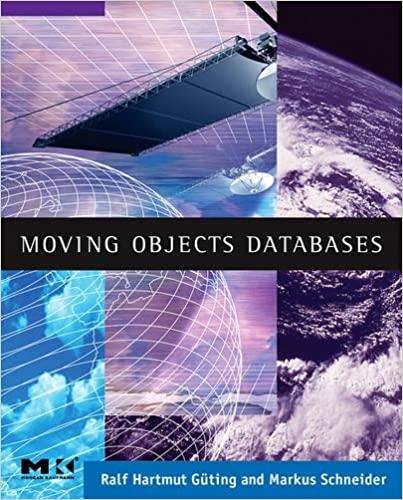Question
COLUMN_ID = 0 COLUMN_NAME = 1 COLUMN_HIGHWAY = 2 COLUMN_LAT = 3 COLUMN_LON = 4 COLUMN_YEAR_BUILT = 5 COLUMN_LAST_MAJOR_REHAB = 6 COLUMN_LAST_MINOR_REHAB = 7 COLUMN_NUM_SPANS
COLUMN_ID = 0 COLUMN_NAME = 1 COLUMN_HIGHWAY = 2 COLUMN_LAT = 3 COLUMN_LON = 4 COLUMN_YEAR_BUILT = 5 COLUMN_LAST_MAJOR_REHAB = 6 COLUMN_LAST_MINOR_REHAB = 7 COLUMN_NUM_SPANS = 8 COLUMN_SPAN_DETAILS = 9 COLUMN_DECK_LENGTH = 10 COLUMN_LAST_INSPECTED = 11 COLUMN_BCI = 12
INDEX_BCI_YEARS = 0 INDEX_BCI_SCORES = 1 MISSING_BCI = -1.0
EARTH_RADIUS = 6371
def find_bridges_in_radius(bridges: List[list], lat: float, lon: float, radius: int, exclusions: List[int]) -> List[int]: """Return the IDs of the bridges that are within radius kilometres from location (lat, lon). Include bridge IDs that are exactly radius kilometres away. The bridge IDs in exclusions are not included in the result.
Preconditions: - (lat, lon) is a valid location on Earth - radius > 0
>>> example_bridges = create_example_bridges() >>> find_bridges_in_radius(example_bridges, 43.10, -80.15, 50, []) [1, 2] >>> find_bridges_in_radius(example_bridges, 43.10, -80.15, 50, [1, 2]) [] """
Anyone know how to solve this function?
Step by Step Solution
There are 3 Steps involved in it
Step: 1

Get Instant Access to Expert-Tailored Solutions
See step-by-step solutions with expert insights and AI powered tools for academic success
Step: 2

Step: 3

Ace Your Homework with AI
Get the answers you need in no time with our AI-driven, step-by-step assistance
Get Started


